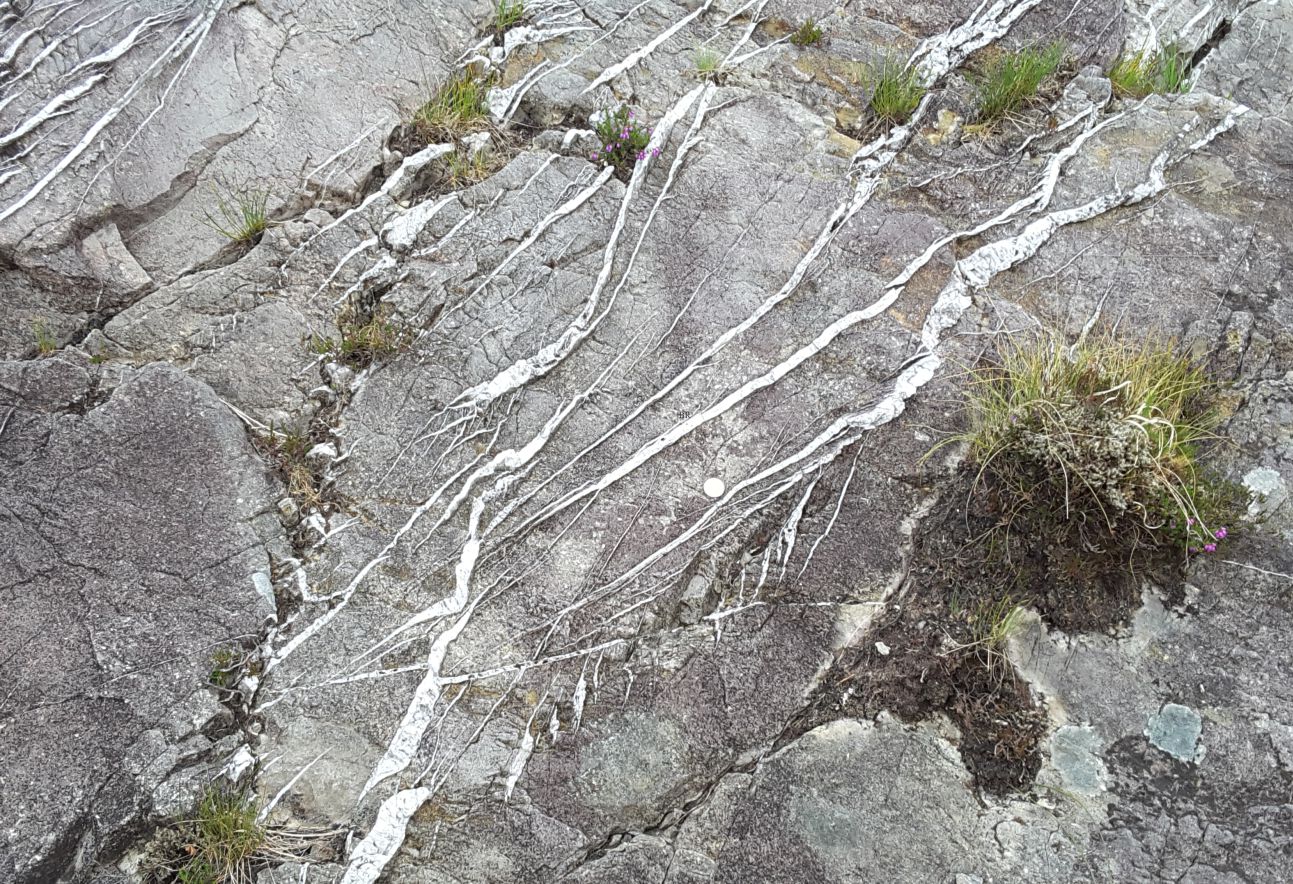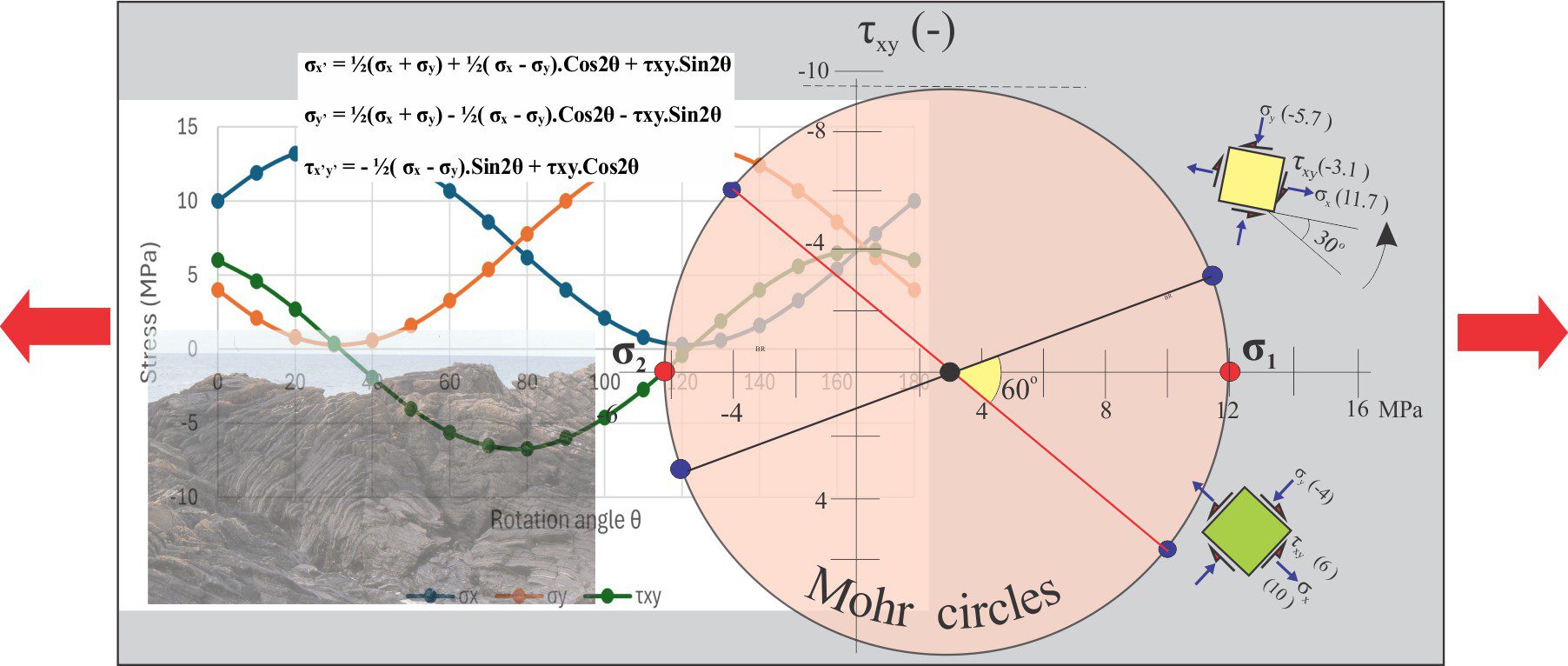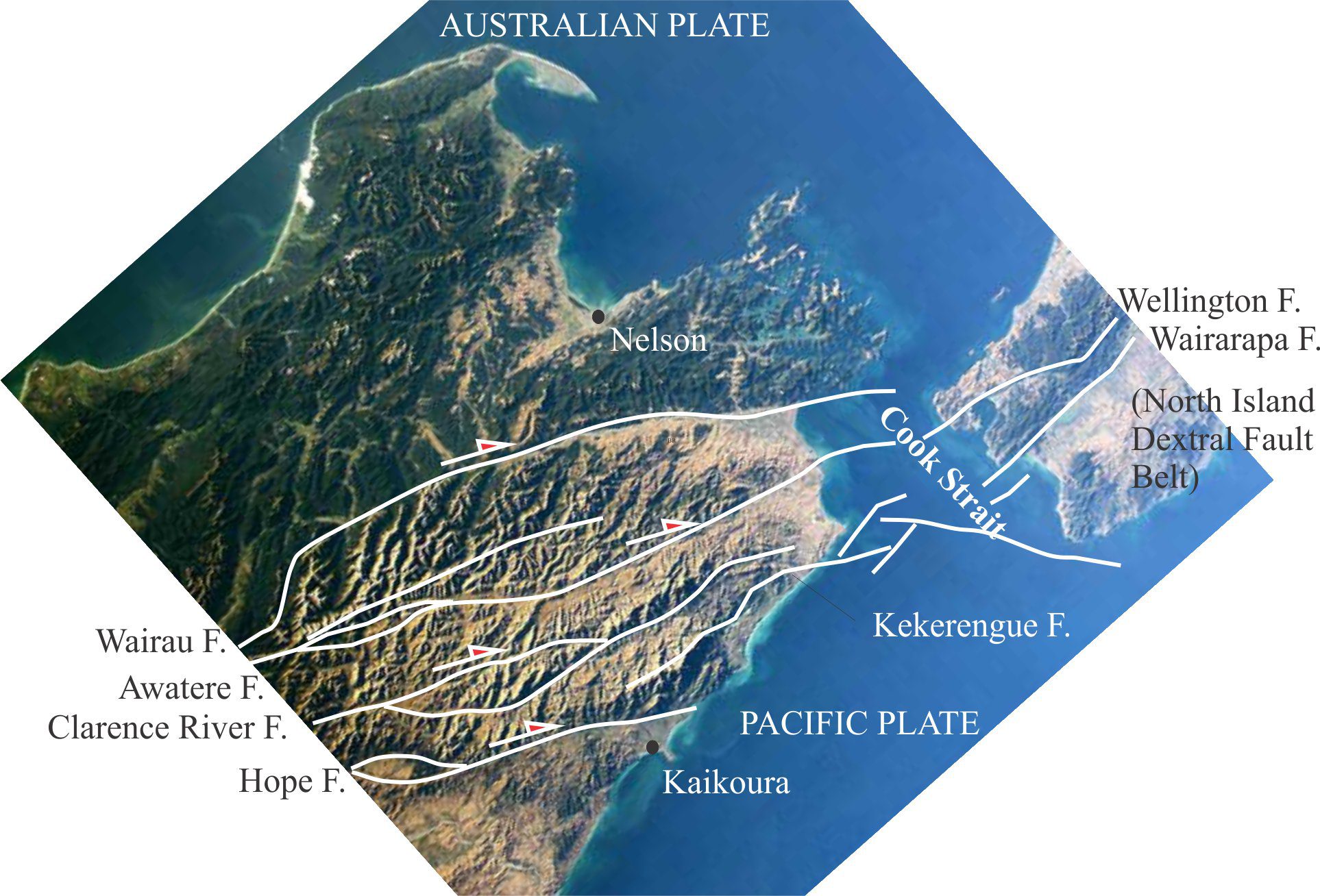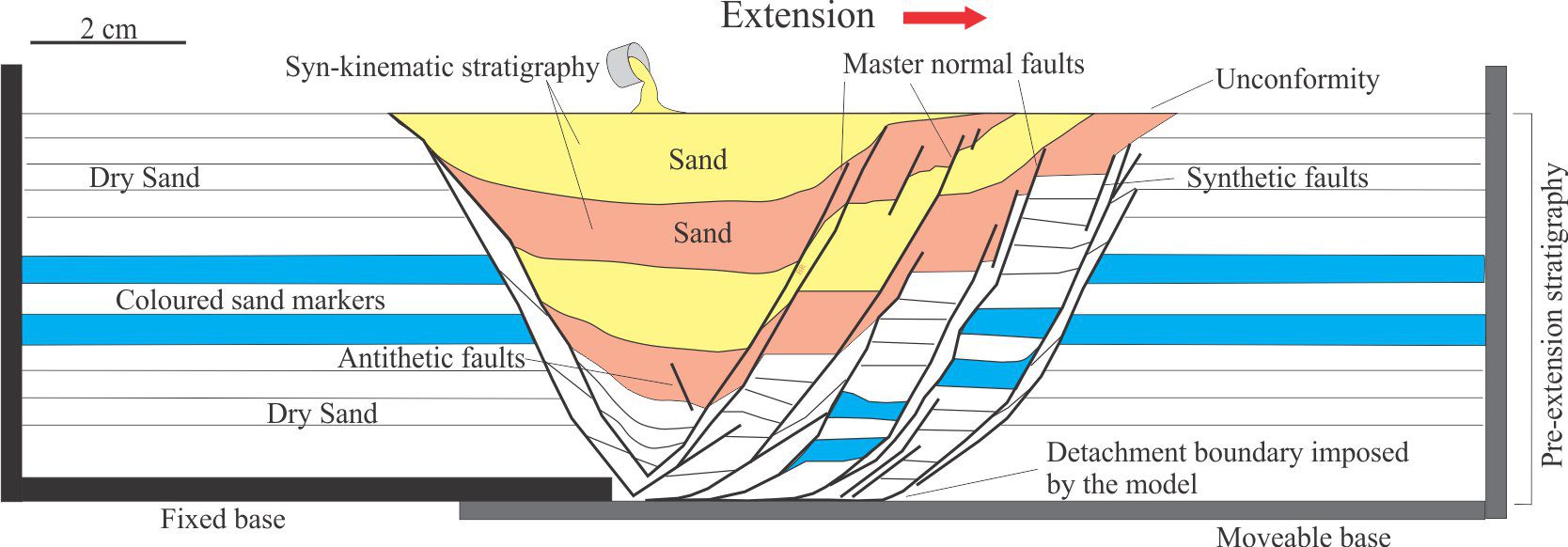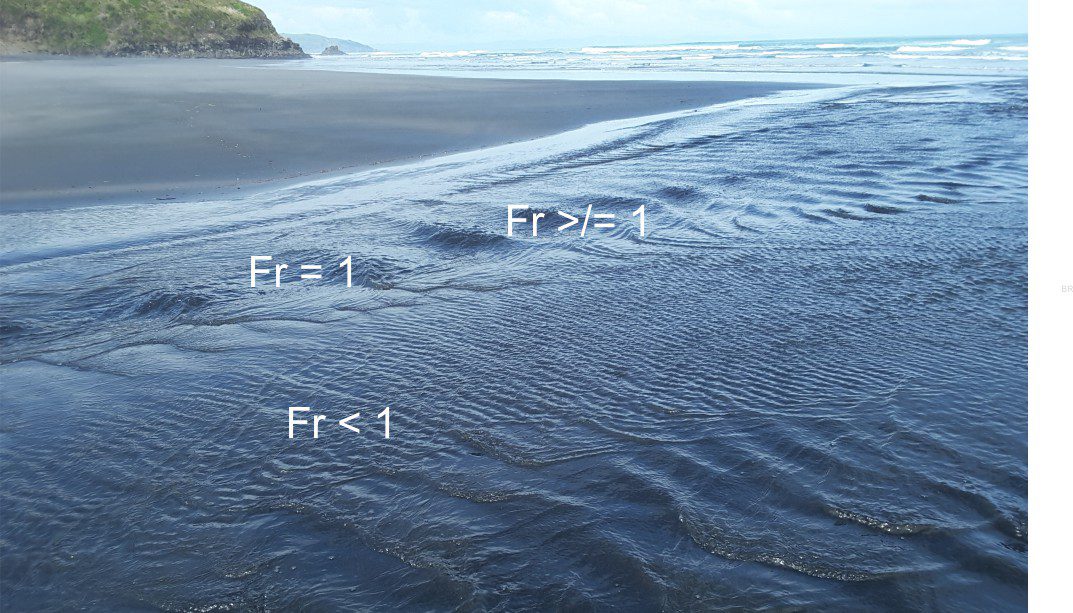Science Technology Engineering Mathematics
We are 2 decades into the 21st century and yet, despite all those good intentions, the rhetoric, the thoughts and prayers, the overall role and recognition of women and minorities in STEM remains appallingly low. Perceptions that math and science are male domains remain deeply embedded in both individual attitudes and institutional constructs, in students and professionals alike. These perceptions are manifested in many ways: unconscious bias towards employment and recognition, harassment in the workplace, and the kind of verbal aggression that has become all too common on social media. Many learned studies demonstrate how gender-science and minority stereotypes can influence the aspirations to enroll in school and tertiary level STEM subjects. The STEM and broader community know all this, and yet there remains an overwhelming inertia to solve the problem.
There are many great websites and educational programs that promote and advocate for science as a gender-free and harassment-free enterprise. Some of them are listed below. More will be added as I become aware of them.
Featured sites
Library Science Degrees.org
The role of libraries has changed dramatically over the past two decades. They are as critical now to the pursuit of science as they have ever been. The website helps students find the best online Master’s and Bachelor’s programs in Library Science.
It also hosts comprehensive resources for students interested in working in libraries, museums, archives, and other cultural institutions in a professional setting.
Here’s the link to an excellent post on “Free STEM Resources Provided By Public Libraries” by Alina Moore. It covers what STEM is, the correlation to library services, the variety of STEM programs that are available in libraries, and the different youth age groups that libraries cater to when providing STEM educational materials and resources for free. Additionally, this article includes resources for those interested in seeking more information about STEM-based education that can be done at home or virtually.
WOMESSA
(Twitter) Women in Earth & Environmental Science Australasia – a unified Australasian network of women in Earth & Environmental Sciences in academia, government and industry. Their mission statement ( Website: )
We are a unified network of Australasian Earth and Environmental Science practitioners that support, amplify, and advocate for women and marginalized genders to achieve success, visibility, and equality across the academic, government, and industry in our sector.
#SuperstarsOfSTEM
An initiative created by Science & Technology Australia in 2017, “to smash gender assumptions about who can work in science, technology, engineering and maths…. Open to women and non-binary people, the program equips brilliant diverse STEM experts with advanced communication skills and opportunities – in the media, on stage and in schools… to inspire our next generations of young Australians into STEM study and careers.“
Nanogirl Labs
One of the more important tasks of science communication is to generate an excitement for STEM to a world full of children, to help them open their minds to a universe full of possibilities.
A New Zealand based company whose mission is to “…to ensure that everyone, everywhere has the chance to enjoy a meaningful relationship with STEM”. It as co-founded by Joe Davis and Dr Michelle Dickinson.
Their Mission: to ensure that everyone, everywhere has the opportunity to enjoy a meaningful relationship with STEM—science, technology, engineering and math. By opening eyes and minds through impactful STEM learning experiences in homes, schools and communities, we’ll inspire and empower tomorrow’s thinkers, creators and innovators.
They accomplish this by combining compelling narrative storylines with accessible hands-on experiences to create learning environments that match how children learn best. Their live shows for kids are literally explosive. STEM communication continues with school presentations, and teacher training.
An iconic part of their tour entourage is Nanogirl, a.k.a. Michelle Dickinson, whose background includes a PhD in nanotechnology. Nanogirl-Live shows include on-stage experiments that feature lots of explosions and implosions, flare-ups, and dialogue that encourage kids to become involved with STEM.
Ohio University Civil engineering
The banner How Women in Engineering Proudly Raise Their Flag and Pursue Their Dreams headlines the Engineering Schools promotion for the Masters program.
The Infographic begins with a sobering reminder that in 2019, only 15.7% of employment positions in architecture and engineering were occupied by women. The blog continues with items that illustrate how women are progressing in engineering, and what the STEM community at large can do to encourage women to pursue engineering:
- Female Pioneers in Engineering
- Percentage of Women in Full-Time Engineering Positions
- Supporting Female Engineers in the Workplace
- How to Encourage Women to Pursue and Stay in Engineering
- How Men can Empower Women in Engineering
- Notable Women in Engineering
Links to other great sites:
Women in Geospatial+ Speakers Database – Be part of the Women in Geospatial+ speakers database! Register, speak up and embrace change!
IfThenSheCan IF/THEN® is designed to activate a culture shift among young girls to open their eyes to STEM careers. Their website
Girls into Geoscience A STEM networking group based at University of Plymouth; also Twitter
Geoscience For The Future Run by Dr. Natasha Dowey. Invited/guest blogs
@GeoLatinas A Twitter account Embracing, Empowering and Inspiring Latinas in Earth and Planetary Sciences
K12 program, US Schools
Curious Minds – citizen science projects in NZ
STEM resource list
Harvard Women in STEM resources
STEM Women resources
Lady Science Monthly magazine on women in science
Women in STEM Australia (Twitter)
500 Women Scientists “The mission of 500 women scientists is to serve society by making science open, inclusive, and accessible”
Request A Scientist – an offshoot of 500 Women Scientists, lists over 9000 women scientists
Kid World Citizen – Getting kids interested in STEM Twitter
Scientists who do climate – Lots of women scientists in this group. Twitter account managed by Katherine Hayhoe
Dr Jess Wade Twitter account, strong advocate for gender and race equality in STEM
ScienceGrrl celebrating women in science; Titter account
For Women in Science – Twitter acc of women empowering women in science-STEM; website Fondation L’oreal
STEM Ambassadors – Volunteers helping to bring STEM to life
The links below feature Women and careers in STEM @ BestColleges.com
